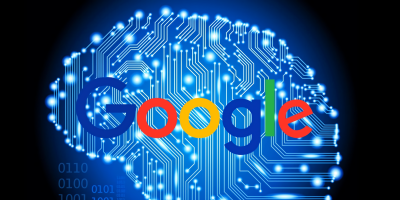Digitalization happens in many different ways, including in the payment service we know nowadays. From paying with cash, to using debit – and credit cards, to a newer way: Paying online. Many different companies struggle with the online payment process as many different intermediaries are involved: Different payment gateways, providers of the service, acquirers and finally processors. While, globalization helped companies venture into different geographical areas, new problems arose from the expansion as each geographical area demanded different forms of payments (e.g. Mastercard, Visa), making the whole payment process more complex. This ultimately, makes the whole process very costly, since the companies have to pay fees to each of the different involved intermediaries.
Adyen analysed this gap in the market and marked itself on the map. Adyen becomes a one-contract payment step for different companies as it takes over the different tasks from the intermediaries. So far, it serves customers in over 150 countries and accepts more than 200 different types of payment methods. The overall global payment processing market is enormous and accounts for a total of 1.6 trillion US dollars. Adyen’s biggest competitors are Paypal, Stripe and Worldpay. In order to compete, its biggest advantages are its global reach, the centralized data and the unified commerce. The company wants to ensure stability, integrity and security by retaining these components in-house to continue to have full-control over these components ((How Adyen is Disrupting Payment Processing, 2019).
So how does Adyen generate revenue? The company charges per transaction; a fixed processing fee depending on the geographical area plus an additional fee depending on the payment method. This simple formula created a net revenue of $262 million in 2019.
Where to next? It’s not yet entirely clear in what direction Adyen wants to head into. However, looking at where the E-commerce is rapidly growing and where Adyen itself is active, the company can definitely create opportunities developing new partnerships with companies in China and India. However, Adyen will then be more actively competing with its competitor: Alipay. Furthermore, the company mainly operates within B2B relationships, venturing out into C2C payments could possibly create a new source of revenue.
Medium. 2019. How Adyen Is Disrupting Payment Processing. [online] Available at: <https://medium.com/iveyfintechclub/how-adyen-is-disrupting-payment-processing-7e0e261f0ea> [Accessed 6 October 2020].


